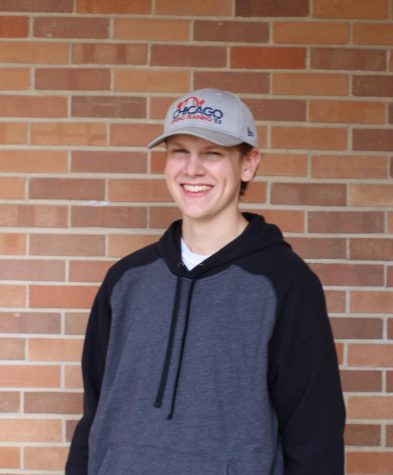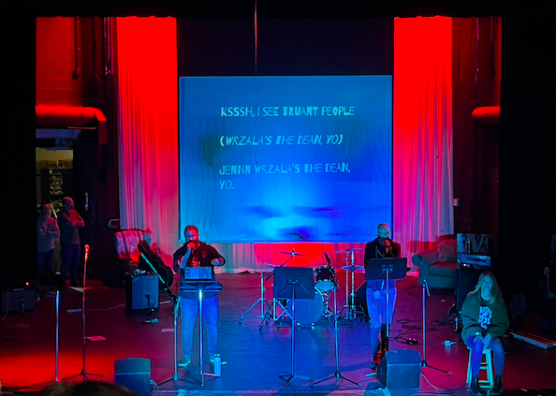“Inside” is a hollow exhibition
March 22, 2023
What is the most important aspect of a film? While there’s no single answer to this question, the film Inside has proved that even with a talented (if inexperienced) director, even with the skill and star power of lead Willem Dafoe, a movie will fall apart at the seams without a decent script. Inside begins with a simple, intriguing premise – an art thief’s (Dafoe) heist goes wrong, leaving him locked in an out-of-use penthouse – that quickly begins to fall apart with the constant introduction of strange new ideas that go nowhere.
The premise is not only one that asks you to suspend your disbelief too far, but also isn’t enough to stretch out into a full feature film. By the conclusion of the first 45 minutes or so, the premise has run its course – Dafoe has found a way to survive, settled into a routine, and is making steady work on an escape route.
With few directions for the story to go, writer Ben Hopkins tries to re-engage the audience by throwing everything at the wall – and nothing seems to stick. Dafoe finds a secret chamber in the back of the penthouse, reminisces of his past with the house’s owner, and even starts having strange visions of the characters in his past. While each of these new story branches does its job in reinvigorating the plot, each one gets about five minutes of attention before being completely forgotten about, never to come up again for the rest of the film.
Writing aside, the rest of the film is just barely enough to keep the whole thing afloat. The production design is easily one of the film’s best aspects, and director Vasilis Katsoupis uses the vague layout of the penthouse to his advantage. Despite its wide open spaces, long walls and high ceiling, Dafoe still seems to be constantly trapped in corners or shadows, adding to the claustrophobic atmosphere that slowly degrades Dafoe’s character over time.
Dafoe himself stands out as easily the best part of Inside. He brings a rampant, almost animalistic sense of desperation to each scene, and Katsoupis’s shots play directly into that. In his hungriest, most desperate moments, he’s forced close to the camera, sparing not a single detail for the audience in an intimately disconcerting experience.
It feels as though what Hopkins is trying to ask with Inside is “what makes art… art?” If it ever attempted to answer that already convoluted question, however, I have no idea. The final act seems to make just about every statement on art it can, both poking fun at the emptiness of modern art for the wealthy, and yet still demanding that this art is the product of unequivocal sacrifice. All Inside does is present the audience with a broad, open-ended question, then fails to string together any coherent message to answer it.



